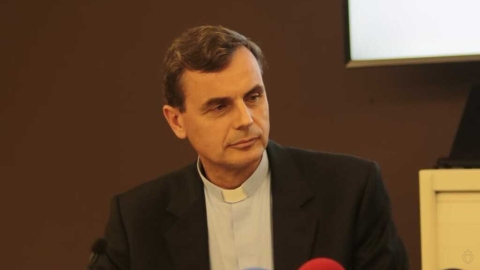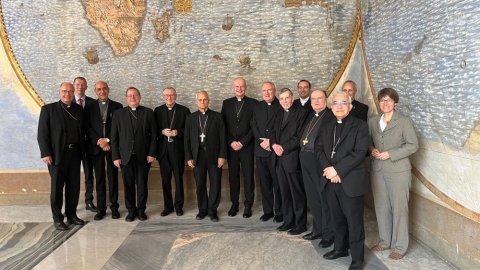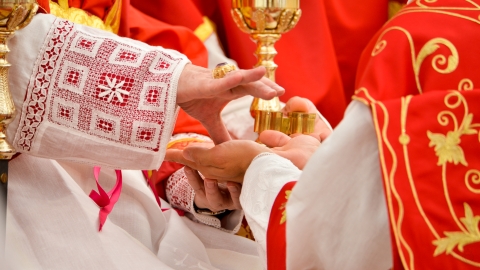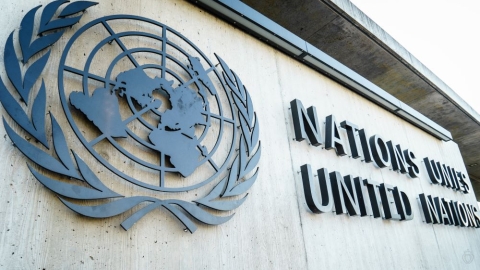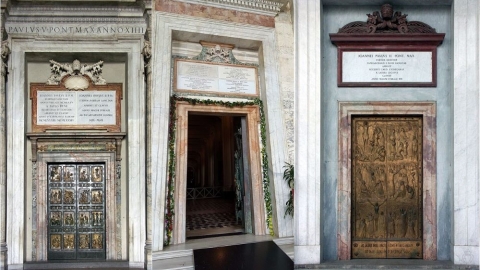Liturgical Disputes Within the Syro-Malabar Church

Cardinal George Alencherry, Major Archbishop
The Synod of Syro-Malabar Bishops, which ended on Friday August 27, 2021, with a decision on the liturgy, did not bring peace to this Eastern Catholic Church, whose territory covers all of India since 2017.
The Syro-Malabar Church
A number of Catholics living in India practice an Eastern Syriac or Chaldean rite - unlike the Syro-Malankar Church which employs the Western Syriac Rite. Originally, these Christians of the Syriac or Chaldean rite were established on the west coast of English India, in the region of Malabar, hence their name.
They initially depended on the Syriac Orthodox Church, located mostly in Persia. After various comings and goings in the 16th and 17th centuries, a party of these Syriac Christians gathered in Rome at the beginning of the 18th century to form the Syriac or Chaldean Catholic Church.
But in India, under the influence of the Portuguese, the Syriac Christians came under the authority of Rome as early as 1599, during the Council of Diamper, to form the Syro-Malabar Church.
Evolution of the Syro-Malabar Liturgy
The inhabitants of Malabar speak Malayalam, but the liturgical language is Syriac, and their ritual tradition is Eastern. With the arrival of the Portuguese, the liturgy underwent strong Latinization with the sacraments being modeled on Latin models.
A partial restoration of the autonomy of the Syro-Malabar Church took place towards the end of the 19th century, which led to differences over its identity and over the question of liturgical reform.
Two currents were born then, which still persist. A minority wanted the complete restoration of the Syrian-Eastern tradition. This group is in favor of Chaldeanization. But the majority opposed it, wanting instead an Indianization, or inculturation in Indian fashion.
In 1934, a papal commission was appointed for the revision of the Pontifical Syro-Malabar. Pius XII created another commission for the restoration of the texts of the sacraments in 1954. A disagreement appeared between these commissions and the Syro-Malabar bishops, leading to a division of the community.
Towards the end of the 1960s, a new Latinization manifested itself under the influence of the Second Vatican Council, which led to a division among the bishops themselves.
During that time, all the dioceses introduced the celebration facing the people, entirely or partially. Towards the end of the 1970s, a diocese favorable to the Syriac restoration lobbied for the celebrant to be always turned toward the altar. Long debates ensued.
On December 16, 1992, the Syro-Malabar Church was elevated to the status of a major archiepiscopate, allowing the establishment of a Synod and giving a certain autonomy to this Church. And in 1998, Rome entrusted the Syro-Malabar Synod with the entire process of liturgical revision.
In 1999, the Synod unanimously decided that the priest would turn to face the people until the offertory, then he would turn to the altar until communion. This decision met with strong resistance, priests and faithful wanting to keep “their traditions, which, by the way, do not go back more than 50 years.
The very recent Synod of the Syro-Malabar Church therefore decided, unanimously, to take up and endorse this 1999 decision. But this was obviously not to everyone's taste and new episodes of this liturgical saga are to be expected in future.
(Sources : Wikipédia/encyclopedia.com/Persée/Ucanews/NCR – FSSPX.Actualités)
Illustration : Flickr / michael_swan (CC BY-ND 2.0)
